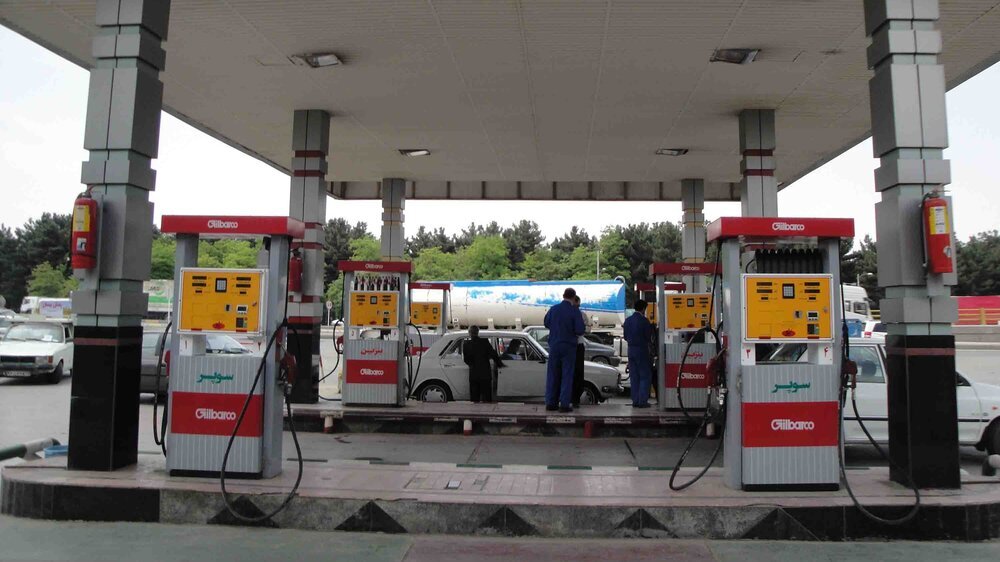Average daily gasoline distribution reaches 90m liters

TEHRAN – Average daily distribution of gasoline in Iran reached 90 million liters in the Iranian calendar month of Tir (June 22-July 22), according to the National Iranian Oil Refining and Distribution Company (NIORDC).
The NIORDC’s average daily gasoline distribution stood at 83 million cubic meters since the beginning of the current Iranian calendar year (March 21) up to August 4, Shana reported.
NIORDC Managing Director Keramat Veis-Karami had previously said that gasoline consumption in the country exceeded 107 million liters in some days of the Iranian calendar month of Tir, despite the pandemic-related travel restrictions.
Gasoline consumption in Iran has fluctuated since the outbreak of the coronavirus in the country.
In the early days of the pandemic, concerns over the virus minimized the travels across the country and led to a record decrease in consumption in the last Iranian calendar year’s first month (March 20-April 20, 2020).
On some days in April 2020, gasoline consumption even fell to 40 million liters and the average daily consumption did not exceed 50 million liters that month.
In general, gasoline consumption in the country declined 20 percent in the past Iranian calendar year, as compared to its preceding year due to rationing this fuel and also the coronavirus pandemic.
The Islamic Republic, which was an importer of gasoline for decades, exported over $1.4 billion worth of the fuel in the first seven months of the past Iranian calendar year (March 20-October 21, 2020).
The significant increase in the country’s gasoline production and exports comes despite the fact that nearly two years ago Iran was shipping in over 4.5 million liters per day of the strategic product.
Iran became a net gasoline exporter in February 2019, after the inauguration of the third phase of the Persian Gulf Star Refinery (PGS) project which added 120,000 barrels to the country’s daily gasoline production.
The increase in the exports of the mentioned commodity is a result of the increase in the country’s refining capacity and the decline in domestic consumption following the implementation of a rationing program.
EF/MA
